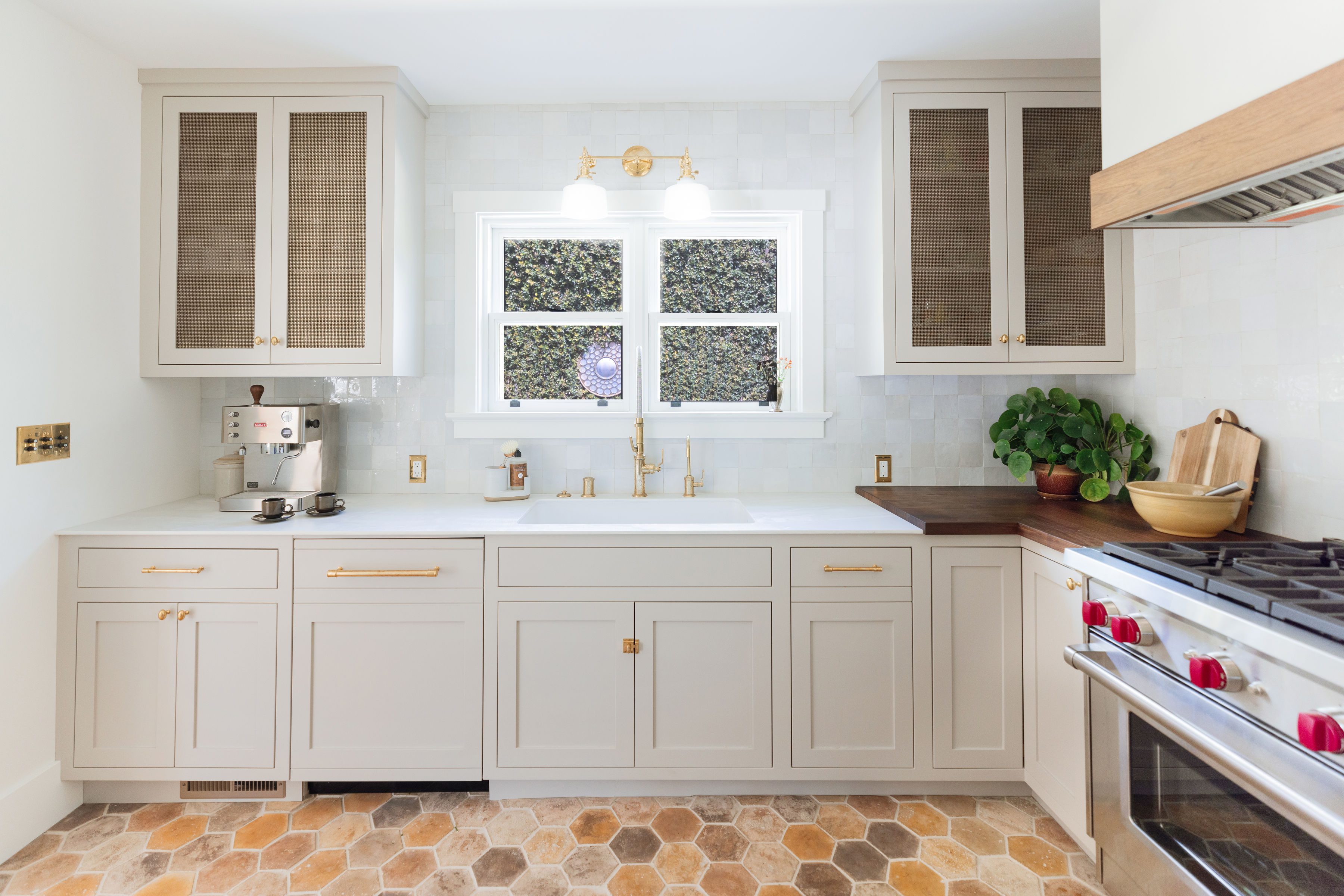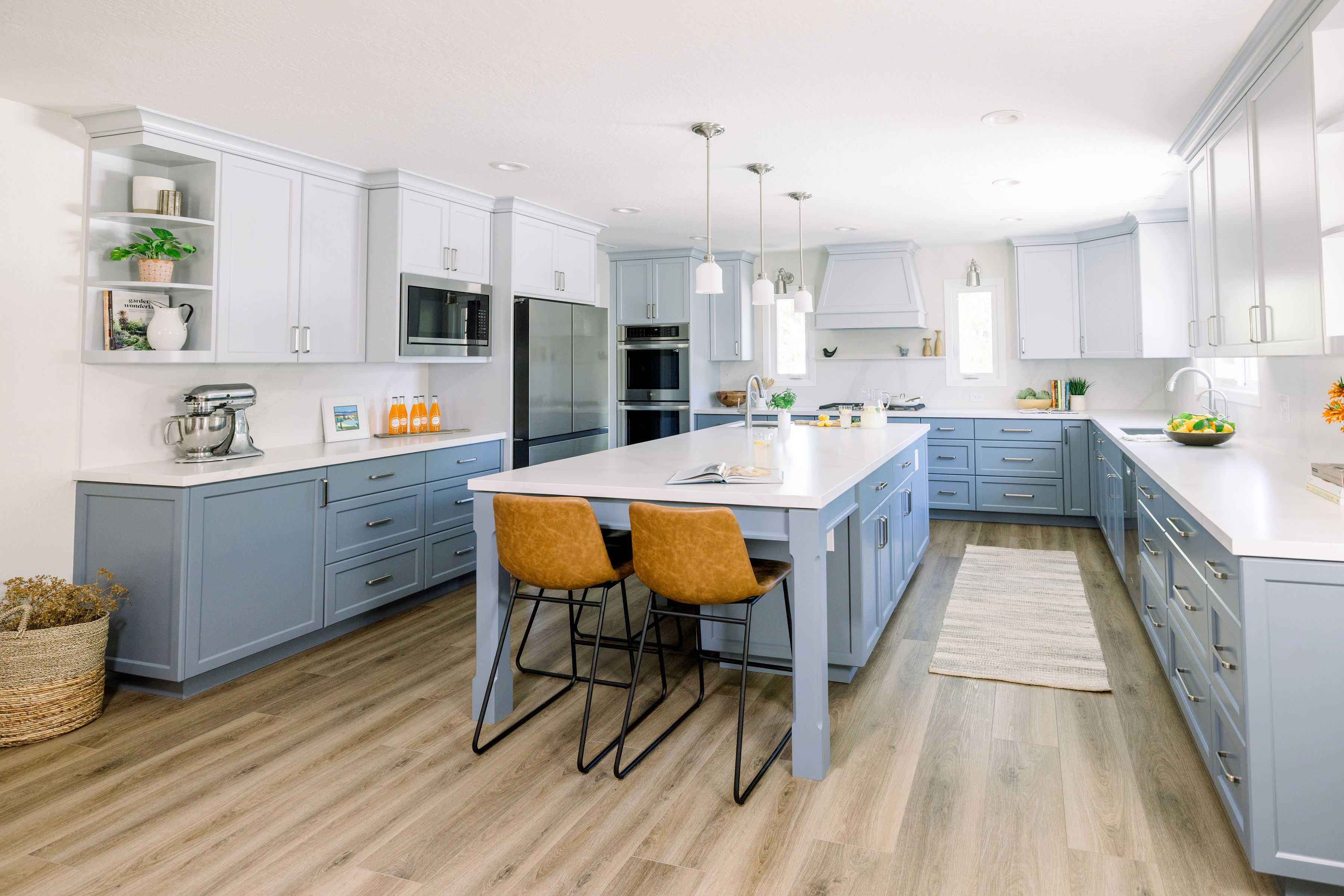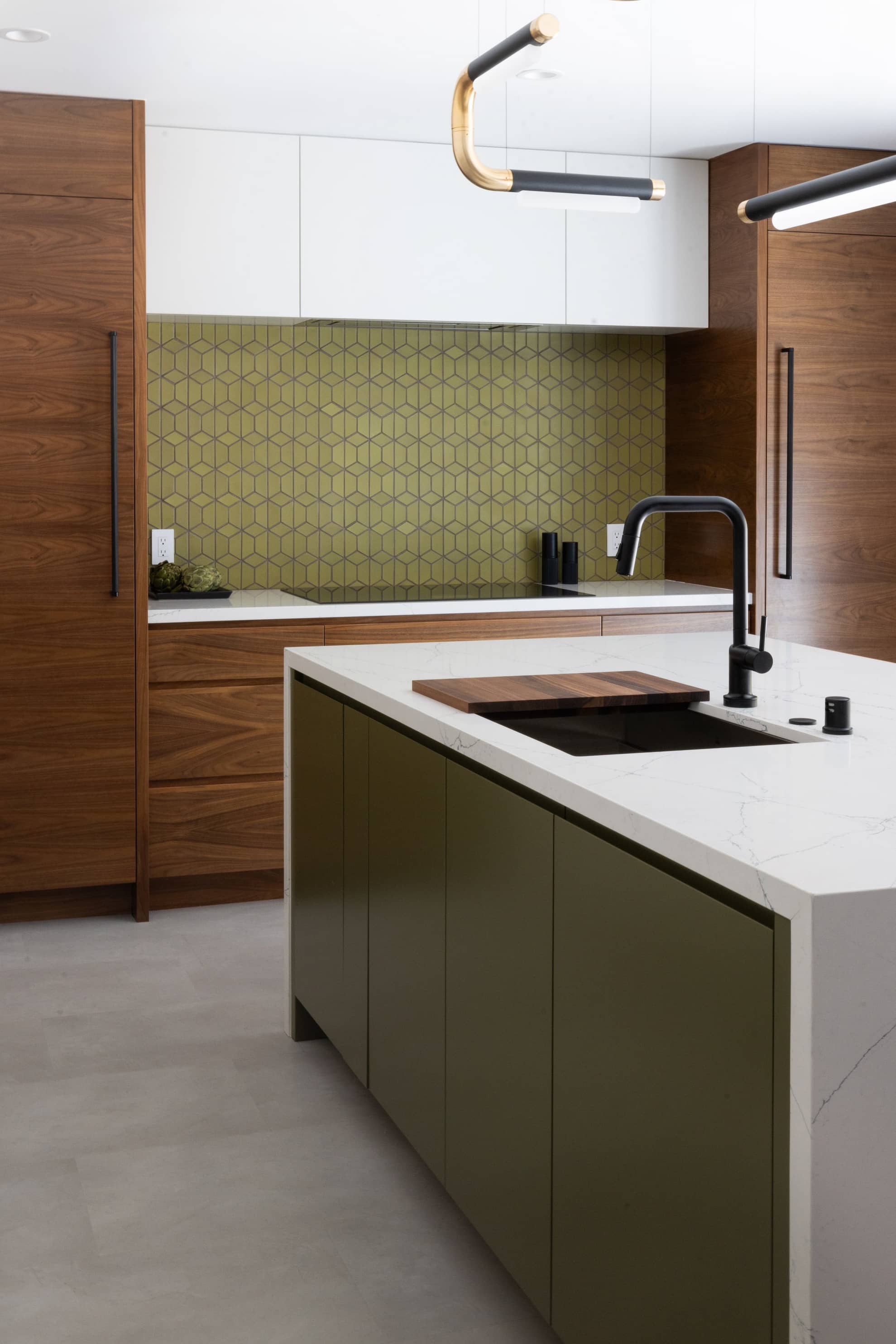As sustainability becomes a key focus in home design, eco-friendly kitchen remodels are gaining serious traction. With promises of greener materials, energy-saving appliances, and sustainable design choices, it seems like transforming your kitchen into an environmentally responsible space is easier than ever. But with so many brands jumping on the eco-friendly bandwagon, how do you know if your kitchen remodel is truly sustainable or just another case of greenwashing?
Let’s explore what it really means to remodel your kitchen in an eco-conscious way, how to spot greenwashing tactics, and ways you can genuinely make sustainable choices without sacrificing style or functionality.

What Makes a Kitchen Remodel Truly Eco-Friendly?
When we talk about eco-friendly kitchen remodels, it’s about more than just slapping a “green” label on materials or appliances. A truly sustainable renovation focuses on minimizing waste, reducing energy consumption, and choosing renewable or responsibly sourced materials.
Here are a few key elements of a genuinely eco-friendly kitchen remodel:
1. Sustainable Materials
Look for materials that are renewable, recycled, or sourced responsibly. For instance, consider cabinets made from FSC-certified wood, which guarantees that the wood was harvested from sustainably managed forests. Recycled glass countertops or tiles are also an excellent option, offering both durability and aesthetic appeal.
Bamboo flooring is another popular choice for eco-conscious remodels because bamboo grows rapidly and regenerates quickly, making it a more sustainable alternative to traditional hardwood.
2. Energy-Efficient Appliances
One of the easiest ways to make your kitchen more eco-friendly is by upgrading to ENERGY STAR® appliances. These appliances use significantly less energy and water than standard models, helping reduce both your carbon footprint and utility bills.
When shopping for refrigerators, dishwashers, or ovens, keep an eye on their energy efficiency ratings. The initial investment might be higher, but the long-term savings—both financially and environmentally—are well worth it.
3. Water-Saving Fixtures
Water conservation is just as important as energy efficiency. Opt for low-flow faucets and water-saving dishwashers to cut down on water usage. These products are designed to use less water without compromising performance, making them a win-win for the environment and your kitchen’s functionality.
4. Non-Toxic Finishes and Paints
Many paints, stains, and sealants contain harmful volatile organic compounds (VOCs) that can release toxins into the air. To create a healthier indoor environment, opt for low-VOC or VOC-free finishes and paints. These are better for your family’s health and reduce the emission of pollutants during manufacturing.

Spotting Greenwashing: When Eco-Friendly Isn’t Really Green
Greenwashing refers to the practice of making misleading or exaggerated claims about a product’s environmental benefits. Unfortunately, it’s become a common marketing tactic as sustainability becomes more desirable to consumers. So, how can you spot the difference between real eco-friendliness and clever advertising?
1. Vague Claims
Words like “natural,” “eco-friendly,” or “green” are often thrown around without any real backing. If a company claims its product is sustainable, look for specifics. For example, does the wood come with FSC certification? Is the countertop made from a certain percentage of recycled materials? If the brand can’t provide concrete details, that’s a red flag.
2. Lack of Certifications
Legitimate eco-friendly products will often carry recognized certifications, like ENERGY STAR®, FSC (Forest Stewardship Council) for wood, or Cradle to Cradle for building materials. These certifications ensure that the product meets stringent environmental and sustainability standards.
3. Short Product Lifespan
Some products are marketed as eco-friendly simply because they’re biodegradable or made from recycled materials. However, if they’re cheaply made and need frequent replacement, the environmental cost of constantly manufacturing, shipping, and disposing of these products outweighs any supposed benefits. A truly sustainable product should be built to last, reducing the need for frequent replacements.

How to Make Sustainable Choices (Without Compromising on Style)
Eco-friendly doesn’t have to mean boring or expensive. With thoughtful planning, you can create a kitchen that’s both sustainable and stylish. Here are a few ways to balance environmental responsibility with great design:
1. Repurpose and Refurbish
Before replacing cabinets or countertops, consider whether they can be refurbished instead. A fresh coat of paint or refinishing wood cabinets can give them new life, keeping perfectly usable materials out of landfills.
2. Go Local
Sourcing materials locally reduces the environmental impact of transportation and supports your local economy. For example, choosing locally quarried stone for countertops or tiles helps reduce the carbon emissions associated with long-distance shipping.
3. Invest in Timeless Design
One of the most eco-friendly choices you can make is opting for a design that’s built to last. Instead of chasing fleeting design trends, go for classic, timeless looks that won’t need a complete overhaul in a few years. By focusing on durability and versatility, you’re not only creating a kitchen that can evolve with your style but also reducing the need for future remodels—which saves resources in the long run.

Going Green, for Real
A truly eco-friendly kitchen remodel goes beyond buzzwords and trendy marketing. It’s about making thoughtful, sustainable choices that minimize environmental impact while creating a functional, beautiful space. By paying attention to the materials you use, the efficiency of your appliances, and the longevity of your design, you can ensure your kitchen renovation is genuinely green. To learn more about sustainable practices and materials for your remodeling, reach out to the Next Stage team here.


